Bildnachweis: Demeter Felderzeugnisse GmbH | Foto: YOOL
ÖTZ Coffee are classic Dual-purpose chickenDas Zweinutzungshuhn bezeichnet Zuchtlinien, die sowohl für die Eierproduktion als auch für die Fleischgewinnung geeignet sind. Im Gegensatz zu spezialisierten Hochleistungstieren – bei denen entweder auf hohe Legeleistung (Legehennen) oder schnelles Fleischwachstum (Masthähnchen) gezüchtet werden – bietet das Zweinutzungshuhn eine Möglichkeit beide Eigenschaften in einem Tier zu vereinen. Da jedoch keine Spezialisierung vorliegt, sind die Leistungen bei Ei und Fleisch ausgeglichen und in der Regel etwas geringer, als die Leistungen von spezialisierten Tieren.which result from a cross between the two breeds Bresse Gauloise and New Hampshire. This mating results in a colorful herd with brown, white and partially black patterned animals.
Utility crossingIn animal breeding, commercial crossbreeding refers to the targeted crossing of animals of two different breeds or breeding lines in order to combine the positive characteristics of both parents in the offspring. The aim is usually to improve characteristics such as health, performance or adaptability.
New Hampshire x Bresse Gauloise
Bresse Gauloise x New Hampshire
Brown, white, black-patterned
Hatching eggs and chicks all year round | pullets on pre order
In our experience, the coffees can be divided into four groups after hatching: brown, white, black and multicoloured chicks
yes
Certified in accordance with the EU Animal Health Regulation (BmTierSSchV) and therefore approved for trade in EU-certified hatcheries and abroad.


incl. 19% VAT
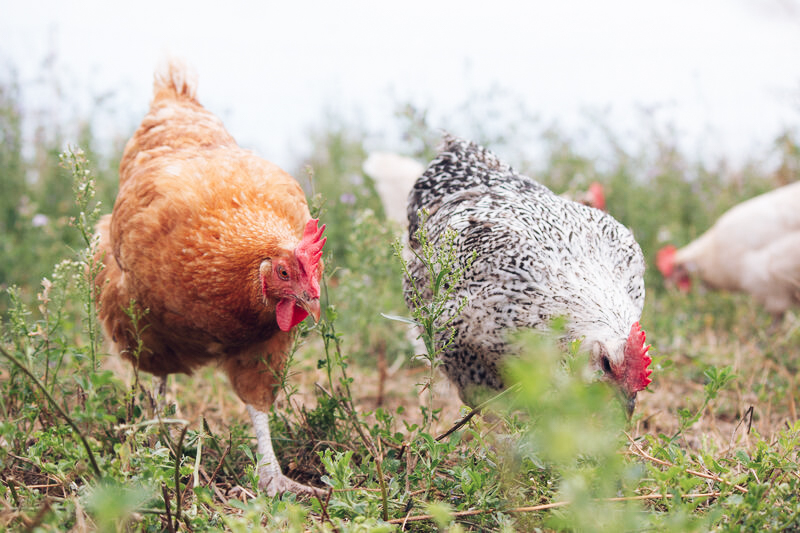
| Parameters | Performance |
|---|---|
| Optimum laying performance in 52 weeks | 250 Eggs |
| Shell colour | light brown/beige |
| Target weight at the start of laying period | 2.0 kg |
| Weight End of 1st laying period | Living weight 2.6 - 2.8 kg Carcass weight 1.5 - 1.7 kg |
| Ø Feed consumption 1st laying period | 135 - 145 g / animal and day |
ÖTZ Coffee are well compatible with each other in both small and large herds. Also noteworthy is their intensive use of the outdoors and their readiness to consume crude fiber. Particular attention should be paid to hens with black plumage when observing the animals, as there is a risk that they may become “ bullying victims” in larger flocks.
Rapeseed in the ration can lead to fishy-smelling eggs. This must also be taken into account when the mobile barn moves over the intercrops like rapeseed or other cruciferous plants.
We are currently working on this problem in terms of breeding. However, as this may take some time, please take this into account when feeding.
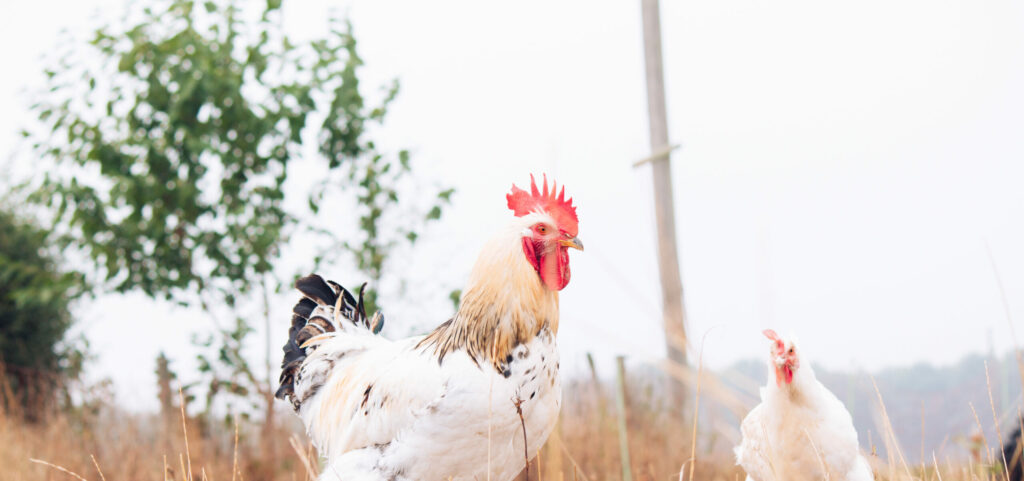
| Parameters | Performance until day 98 (end of 14th week) | Performance Until day 112 (end of 16th week) |
|---|---|---|
| Living weight of the cocks* | 2.3 kg | 2.7 kg |
| Cannibalization rate* | 65 % | 70 % |
| Ø Increase* | 23.0 g | 23.5 g |
| Ø Feed conversion* | 3,7 | 4,0 |
| *with the following feeding: Week 1-6: Energy 10,9MJ/kg, XP: 17,5%, Methionine: 0,31% Week 7-16: Energy 10,8MJ, XP: 16,7%, Methionine: 0,28% |
||
Dual-purpose cocks are much more active than usual broilers.
The housing set-up should take into account the animals' willingness to move in order to prevent the occurrence of breast blisters and other injuries. Straw bales and raised levels are suitable for structuring the hutch, but also provide good resting areas for lower-ranking animals. From the 10th week of life, apart from daylight, additional light in the house is superfluous and should be switched off in favor of the calmer animals.
In our experience, the Coffee (a cross between a New Hampshire cockerel and a Bresse Gauloise hen) can be divided into four groups after hatching:
white, brown, black and multicoloured chicks

- 85% of white animals are male
- 15% of the white chicks are female



With multicoloured chicks, a more precise classification is not yet possible
Special knowledge fishy smelling eggs: During the digestion of cruciferous plants, the eggs of brown lays may have a fishy odor. This is caused by metabolic products that are stored in the egg. Trimethylamine (TMA) can enter the hen's body via the animal's metabolism, which produces TMA itself, or via molecules from which TMA can be formed. TMA is transported via the bloodstream to the liver, where an enzyme is responsible for the oxidation of TMA. The activity of this enzyme is inhibited in ÖTZ Coffee hens by various substances found in cruciferous vegetables, thus contributing to odor development.

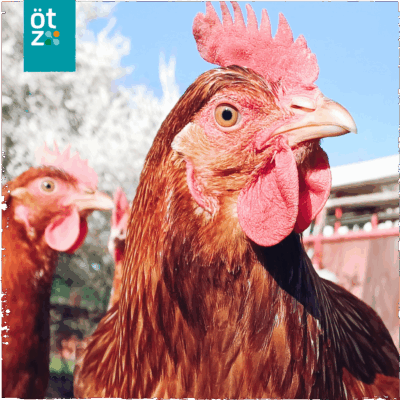

incl. 7% VAT
plus shipping costs
Delivery time: From calendar week 46 onwards


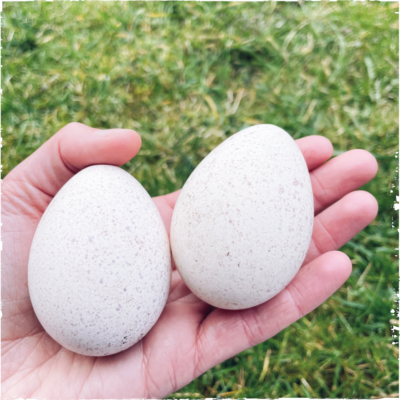
incl. 7% VAT

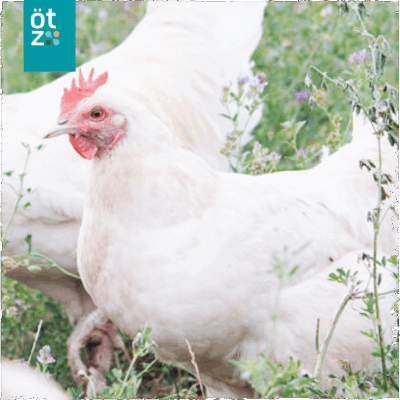
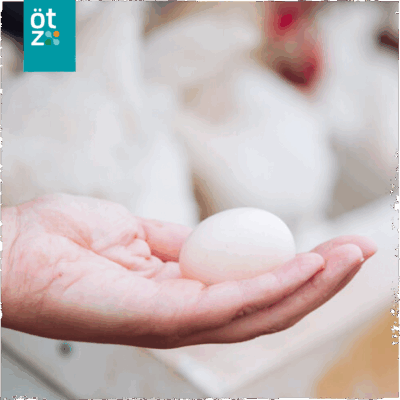
incl. 7% VAT
plus shipping costs
Delivery time: By arrangement


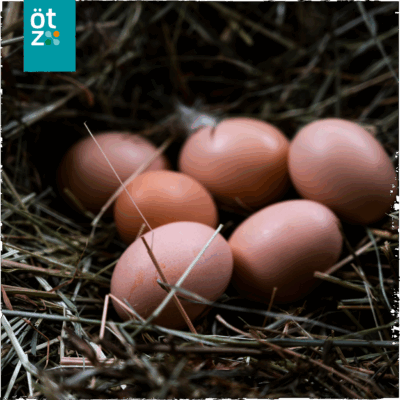
incl. 7% VAT
plus shipping costs
Delivery time: By arrangement

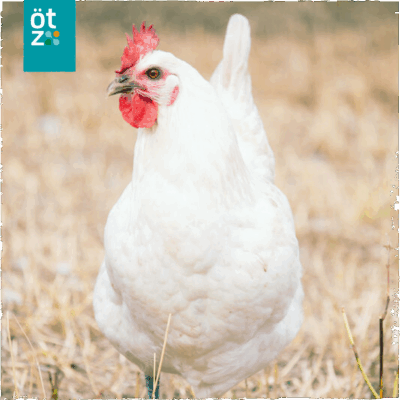

incl. 7% VAT
plus shipping costs
Delivery time: Januar 2026
OETZ10
Die Aktion gilt nur für Lieferungen bis zum 20.09.2025
You are currently viewing a placeholder content from Vimeo. To access the actual content, click the button below. Please note that doing so will share data with third-party providers.
More InformationYou are currently viewing a placeholder content from YouTube. To access the actual content, click the button below. Please note that doing so will share data with third-party providers.
More InformationYou need to load content from reCAPTCHA to submit the form. Please note that doing so will share data with third-party providers.
More InformationYou are currently viewing a placeholder content from Google Maps. To access the actual content, click the button below. Please note that doing so will share data with third-party providers.
More Information